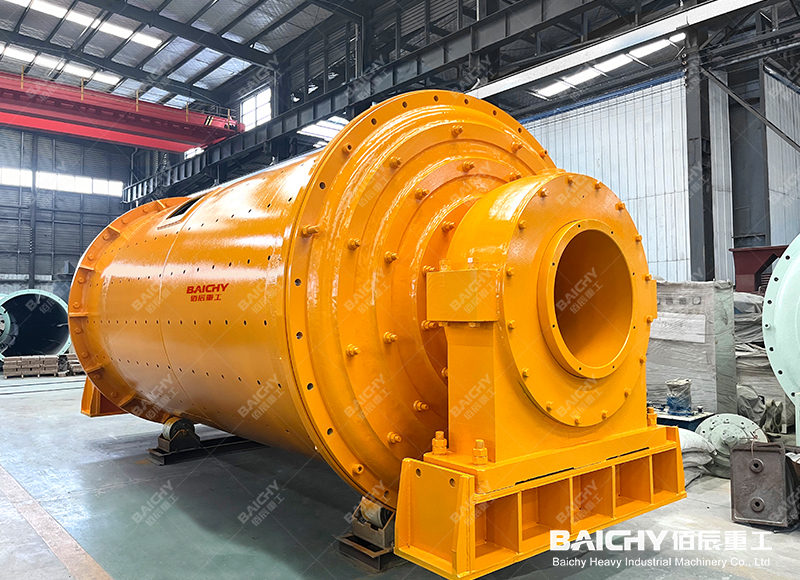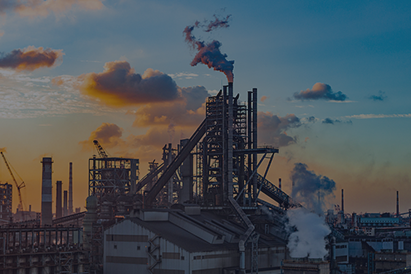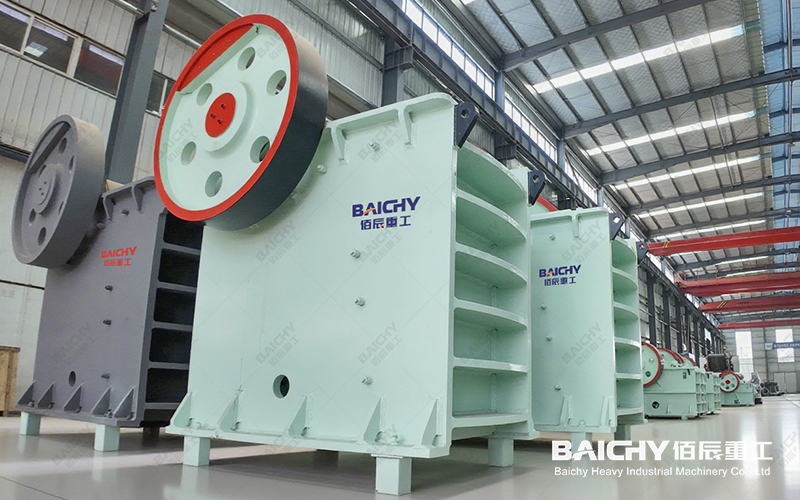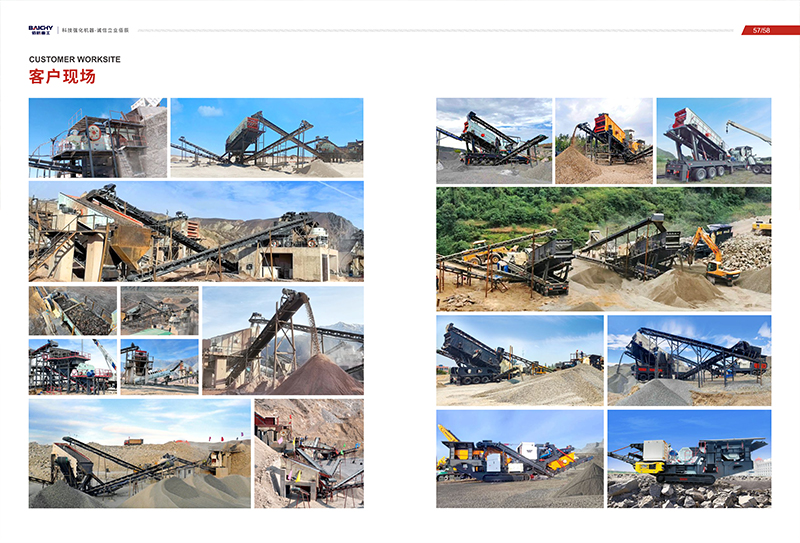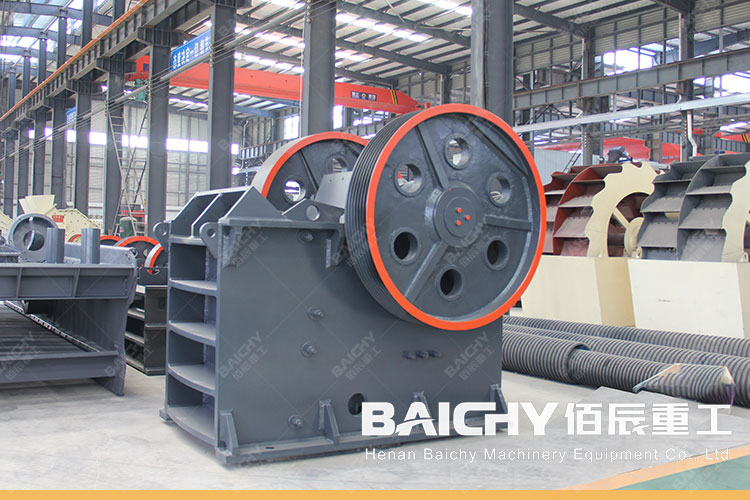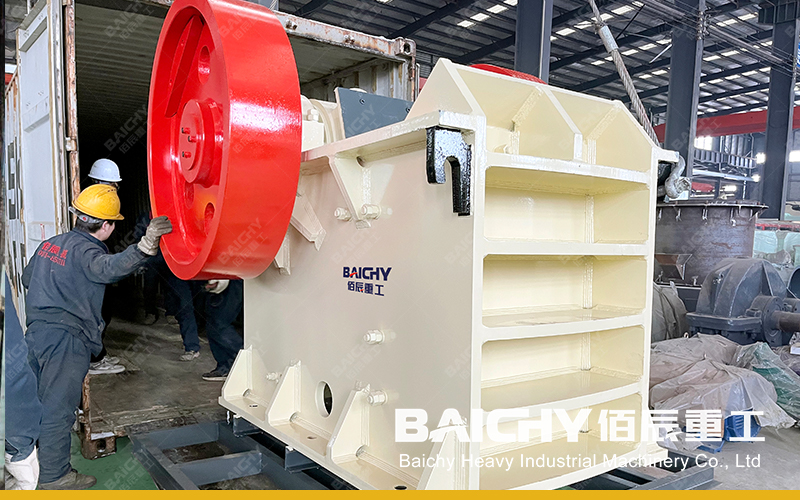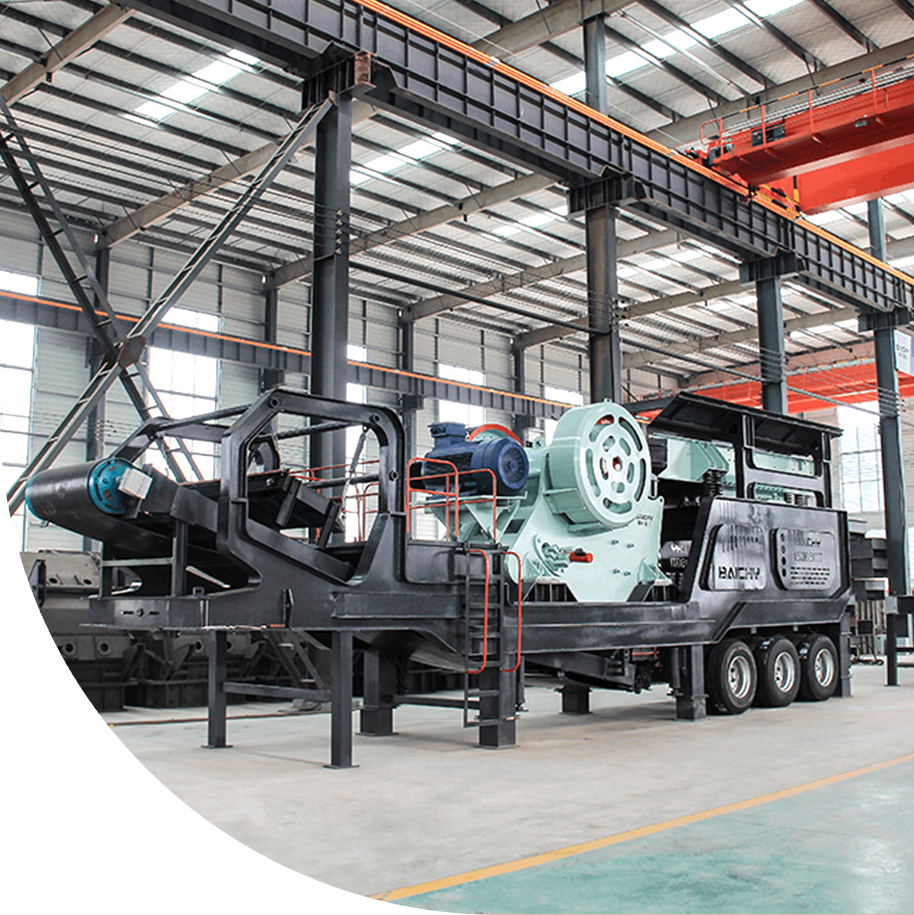Dry ball mill vs. wet ball mill: core differences and selection guide
In industries such as mining, building materials, and chemicals, ball mills are key grinding equipment, and dry ball mills and wet ball mills are the two most common types. They differ significantly in working principles, applicable materials, and energy efficiency. This article will compare the advantages and disadvantages of the two in detail to help you choose the most suitable grinding equipment according to your actual needs.
1. Working principle comparison
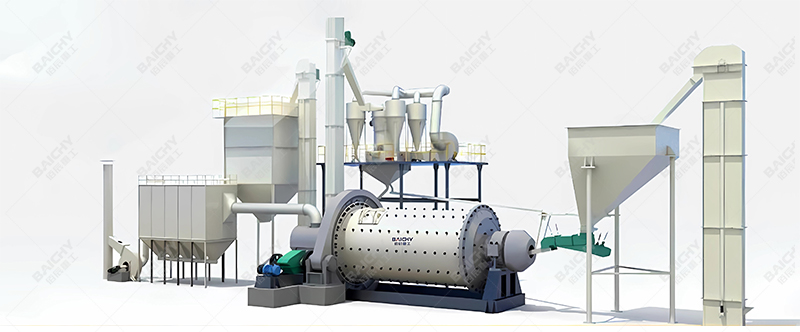
1.1 Dry ball mill
• Grinding method: The material is ground in a dry state, and the powder is discharged by airflow or mechanical force.
• Features: No liquid is involved, and dry powder is obtained directly after grinding.
• Applicable scenarios: Suitable for materials that are sensitive to moisture or require dry finished products (such as cement, quartz sand, ore).
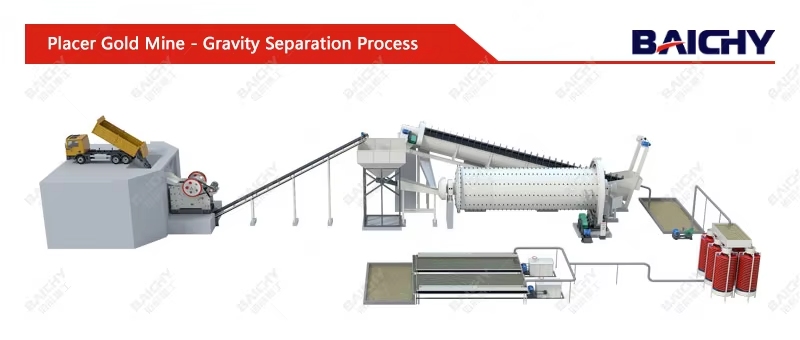
1.2 Wet ball mill
• Grinding method: The material is mixed with water or other liquids and ground to form a slurry before being discharged.
• Features: Liquid media can reduce friction and improve grinding efficiency.
• Applicable scenarios: Applicable to materials that are soft, easy to adhere, or require ultra-fine grinding (such as ceramic raw materials, metal ores, chemical raw materials).
1.3 Comparison of applicable materials
Comparison items Dry ball mill Wet ball mill
Applicable materials Cement, limestone, quartz, iron ore, etc. Gold ore, copper ore, ceramic glaze, chemical slurry, etc.
Finished product form Dry powder Slurry
Water influence Not suitable for high-humidity materials Can handle materials with high moisture content
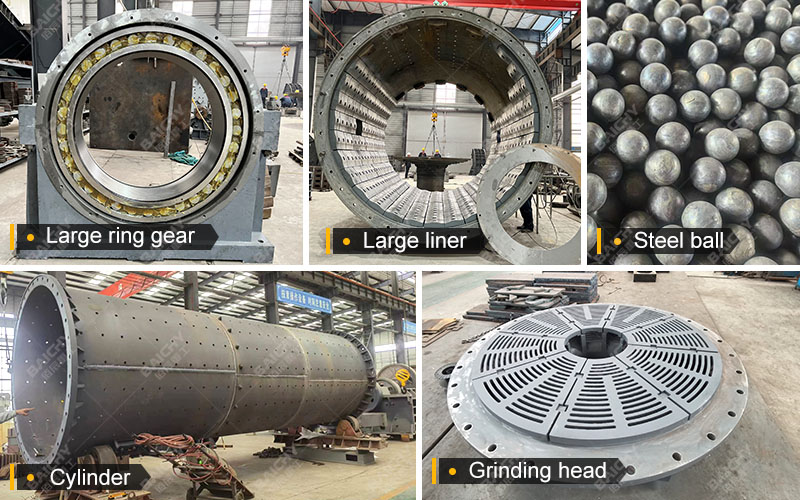
2. Comparison of efficiency and energy consumption
2.1 Grinding efficiency
• Wet ball mills are generally more efficient because liquid media can reduce friction, reduce heat accumulation, and make grinding more uniform.
• Dry ball mills may produce more coarse particles when grinding hard materials, requiring multiple classifications.
2.2 Energy consumption and cost
• Wet grinding has higher energy consumption (must handle slurry), but the grinding is finer.
• Dry grinding has lower energy consumption, but requires dust removal equipment, which increases initial investment.
2.3 Comparison of finished product particle size
Wet ball mill: The finished product particle size is finer (up to micron level), suitable for ultrafine powder processing.
Dry ball mill: The finished product particle size is coarser, suitable for general industrial powder needs.
2.4 Comparison of maintenance and environmental protection
| Comparison items | Dry ball mill | Wet ball mill |
| Dust pollution | Dust removal system required | Less dust, better environmental protection |
| Equipment wear | Higher (dry friction) | Lower (liquid lubrication) |
| Maintenance cost | Dust removal system increases maintenance | Anti-corrosion treatment required |
3. How to choose? Dry grinding or wet grinding?
3.1 When choosing a dry ball mill:
✔ The material is sensitive to moisture (such as cement, quartz sand)
✔ Need to obtain dry powder directly to avoid subsequent drying process
✔ Limited budget, hope to reduce energy consumption
3.2 When choosing a wet ball mill:
✔ The material is soft or easy to adhere (such as gold ore, ceramic glaze)
✔ Need to grind ultrafine (micron level)
✔ High environmental protection requirements, need to reduce dust
Dry ball mills and wet ball mills have their own advantages. When choosing, you need to consider the material characteristics, finished product requirements, energy consumption costs and environmental factors.
• Dry grinding is suitable for dry and hard materials, with low cost but strict dust management.
• Wet grinding is suitable for fine grinding, with high efficiency but high energy consumption and wastewater treatment costs.
Keywords: dry ball mill, wet ball mill, difference between ball mills, comparison between dry and wet grinding, selection of grinding equipment


